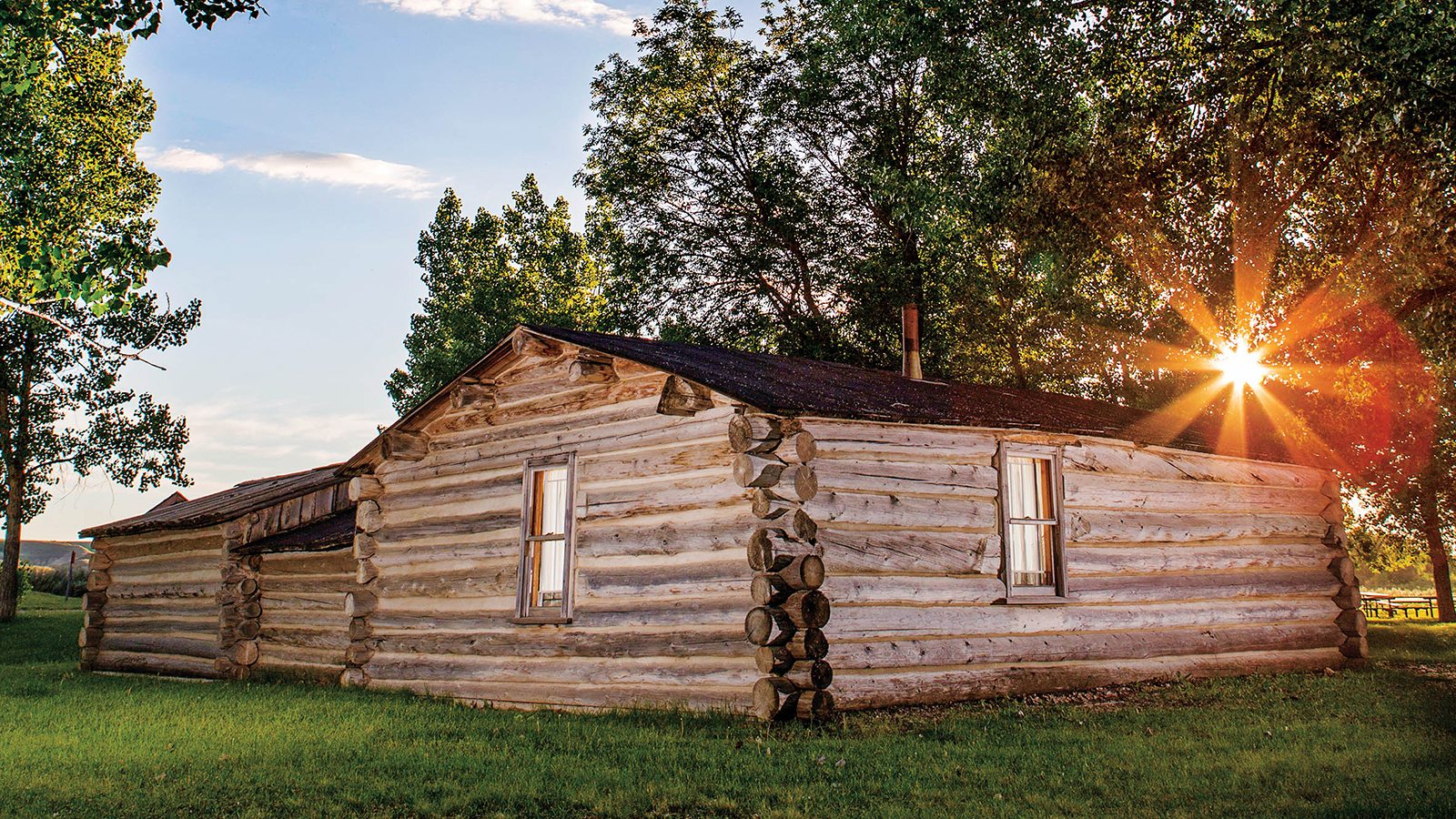The long and arduous journey on horseback from Montana to Southern Alberta could easily break a man. But a freed black American slave in the late 1800s had few options.
Hired to drive cattle across the Canada-U.S. border, John Ware arrived road-weary but hopeful in the Diamond Valley region in 1882. “Shoulders like a draft horse and Sampson-like strength,” folks said of his six-foot-three frame. He quickly earned a reputation as the best horse breaker in the area, and picked up work as a cowhand at Quorn, Bar U and Stimson ranches.
There are few words written about him—Ware himself couldn’t read or write, and besides, a black man seldom made even the margins of the history books. Yet stories abounded. Rumour had it that he invented steer wrestling one day when he jumped off his horse to run down one of his herd. No one had ever seen anything like it. So they asked him to do it again. And again. At the 1893 Calgary Fair, he took home the steer-wrestling title.
By 1890, Ware had more than 200 branded cattle at his Sheep Creek homestead near Millarville. But more settlers were arriving daily. As the barbed-wire property lines went up, Ware yearned for greener pastures, where his herd could roam freely. So he rounded up his wife and children and moved to the Brooks area, on the banks of a stream now called Ware Creek. He died in 1905, at age 60. His Brooks cabin is now preserved at Dinosaur Provincial Park.
